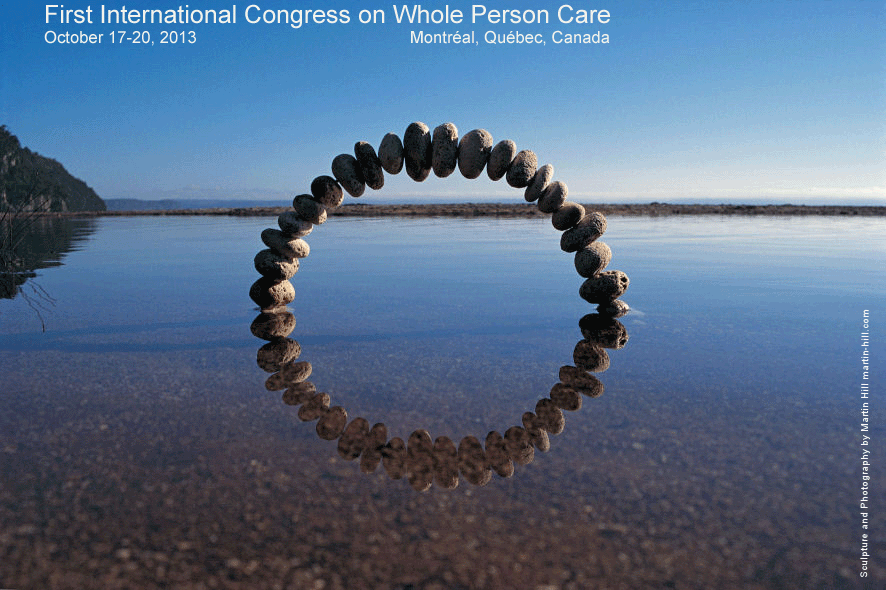Doing 'Technological' Time in a Pediatric Hemodialysis Unit
Main Article Content
Abstract
Study objectives: For Canadian children living with end-stage renal disease, hemodialysis is a common intervention and usually received in a specialized ambulatory hospital-based unit. Although children spend up to 12 hours a week receiving hemodialysis, little is known about how they perceive and respond to hospital-based hemodialysis. The study’s purpose is to describe and interpret the children’s embodied situatedness in the temporal, spatial and technological regimes and relations of a pediatric hospital-based hemodialysis unit.
Methods: An ethnography was undertaken at a Canadian urban pediatric hospital. Time, space, and technology are viewed as significant interrelated aspects of the hemodialysis unit and the unit is conceived as nested in the broader contexts of the children’s everyday lives. The theoretical framework merges concepts of human embodiment and contemporary human geographical perspectives and philosophy of technology.
Results: The dominant theme emerging from the study findings is the notion of the children doing ‘technological’ time. The pervasiveness and reach of hemodialysis technologies upon the children profoundly textures their situations, shapes their perspectives, evaluations and expectations and impacts how they are seen by caregivers in the unit.
Conclusions: Crucial changes in practices are essential to envision ways to create with children an overall positive place that merges and balances technological care with child focused care. The inclusion of children’s views is critical because many settings typically occupied by children have been designed and designated by authoritative or professional adults as “places for children” (Rasmussen, 2004, p. 155) without children being involved. Exploration of the findings may contribute to the ways that healthcare providers, funders, administrators and policy-makers can facilitate the inclusion of children in the design and care provision of hemodialysis units as well as other high-tech hospital-based units.
References
Rasmussen, K. (2004). Places for children – children’s places. Childhood, 11(2), 155-173.
Article Details
Authors retain copyright and grant the journal right of first publication with the work simultaneously licensed under a Creative Commons Attribution License that allows others to share the work with an acknowledgement of the work's authorship and initial publication in this journal. Creative Comons 4.0 CC-BY
Authors are able to enter into separate, additional contractual arrangements for the non-exclusive distribution of the journal's published version of the work (e.g., post it to an institutional repository or publish it in a book), with an acknowledgement of its initial publication in this journal.
Authors are permitted and encouraged to post their work online (e.g., in institutional repositories or on their website) prior to and during the submission process, as it can lead to productive exchanges, as well as earlier and greater citation of published work (See The Effect of Open Access).
